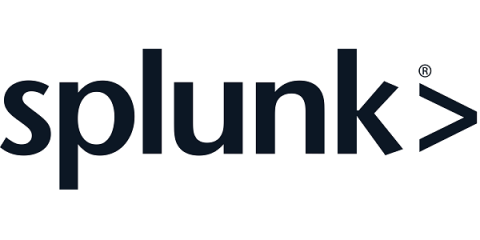The Shift Left Movement In DevOps: Empowering Developers and Responders to Secure Code Early
The demand for faster, secure software delivery has given rise to a critical transformation in the software development lifecycle (SDLC): the Shift Left in DevOps. This approach, which integrates security and testing early in the development process, is becoming essential for organizations striving to stay competitive.










